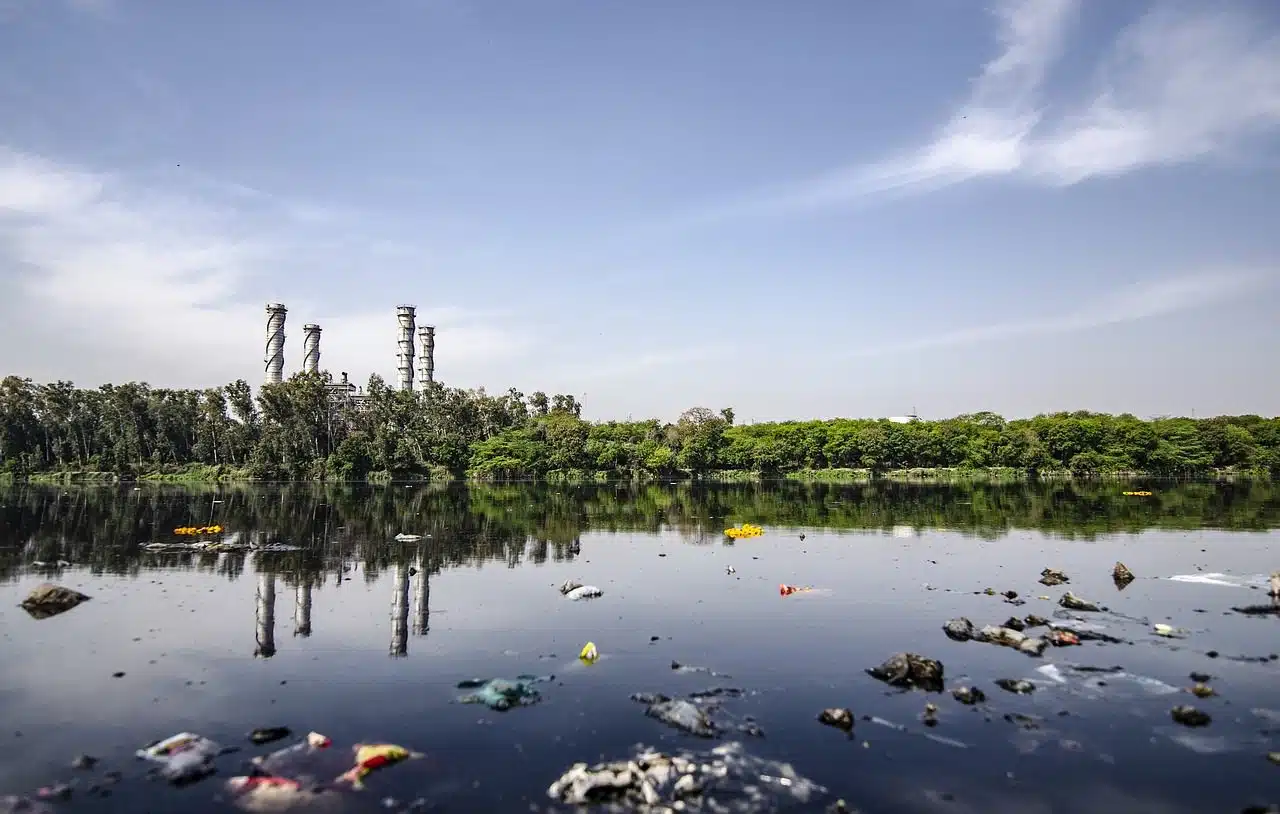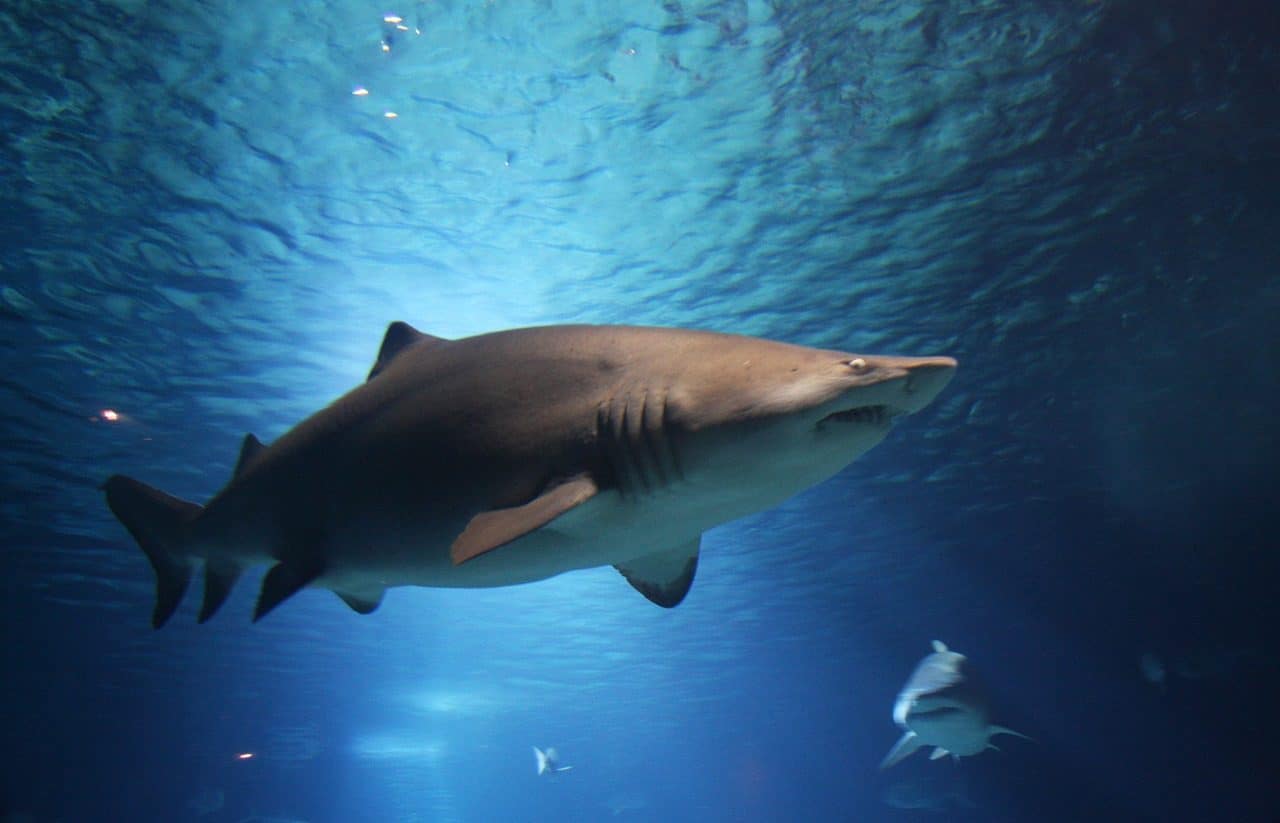
Bioaccumulation is a process that leads living beings to accumulate chemical substances in a higher concentration than those existing in the environment.
Bioaccumulation is a term that is not part of the dictionary of the Royal Spanish Academy ( RAE ). The concept, in any case, is usually used in the field of toxicology to name a process that develops in living beings and that implies that these organisms accumulate chemical substances until they reach a higher concentration than those existing in the environment.
Bioaccumulation can be generated through biotic (living organisms) or abiotic resources (such as water or air). Digestion and respiration are two pathways of bioaccumulation.
Characteristics of bioaccumulation
Mercury compounds, dichloro diphenyl trichloroethane (DDT) and heptachlor are some of the substances that can lead to bioaccumulation. When this process occurs, the body absorbs the substances and stores them in its tissues, without achieving their elimination through metabolic action. It is said that these living beings act as bioindicators since they allow us to know the presence of contaminants in the environment.
Bioaccumulation can be observed in numerous aquatic organisms. Sharks , by ingesting many fish, end up absorbing high doses of heavy metals , which remain in their tissues and can cause poisoning.
It can be said, in short, that bioaccumulation is the accumulation in a living being of a chemical substance that persists over time, acquired by the organism through the ingestion of other organisms or through contact with the environment. This accumulation, with the food chain , reaches a level higher than the concentration of the substance in the environment .
One of the concepts that appear in this context is that of biomagnification , a phenomenon that is characterized by the transmission of bioaccumulation through the food web (also known as the food web or food cycle ): when a living being is Predated, the predatory organism begins to host the contaminants of the first. In this way, as the food cycle progresses, the concentration of contaminants increases.

Bioaccumulation can be seen in sharks.
Main polluting sources
The main sources of pollutants are oil refineries and mining industries , which carry out discharges into water systems that modify the ecosystem in an unnecessary and harmful way, forcing aquatic organisms to participate in the bioaccumulation of mercury and heavy metals. , among other harmful substances. The reason for this phenomenon is that the aforementioned contaminants are hydrophobic, which is why they tend to accumulate in the fatty tissues of living beings.
As mentioned above, these pollutants do not break down easily, which is why they are also known as persistent organic pollutants . This characteristic allows them to travel long distances across the ocean, and they are often seen on various beaches.
Bioaccumulation and human behavior
Human beings have placed themselves at the top of the food web, even if only by using weapons and artificial processes. But - whether we like it or not - everything is paid for, and bioaccumulation is one of the phenomena that prove this inevitable way that life has of charging us for our bad acts: all the pollutants we put into the sea negatively affect aquatic living beings but , as we later catch them to eat them, we finally ingest the high concentrations of metals to which we subjected them in the first place.
Needless to say, this does not lead to an awareness movement that leads human beings to stop animal abuse and start eating vegetables, as vegans do; On the contrary, it simply causes you to try to reduce by any means the presence of mercury in animals that you will in no way stop tasting on your table. It is worth mentioning that one of the consequences of consuming these pollutants is the alteration of mental abilities.
